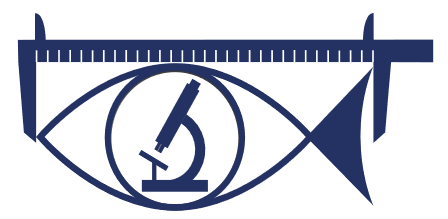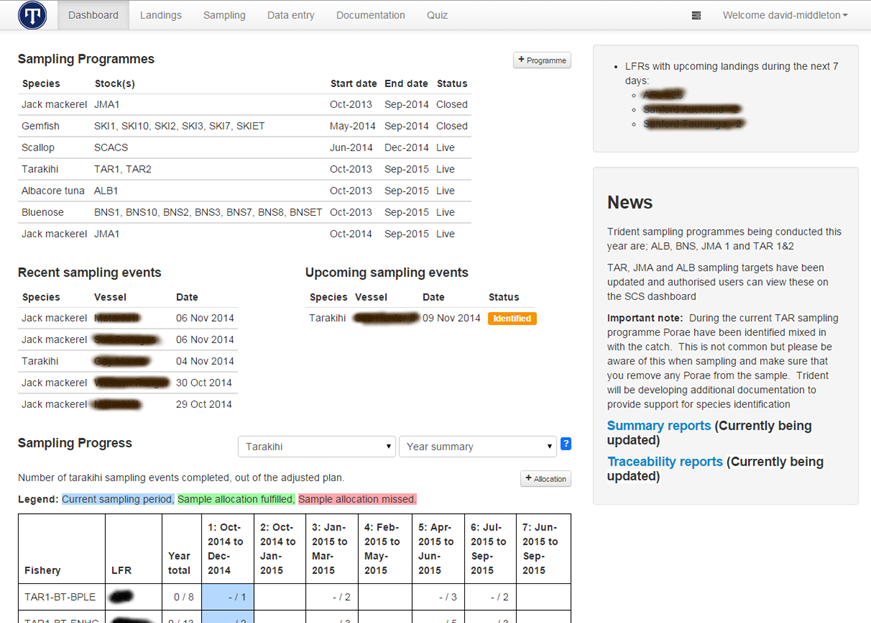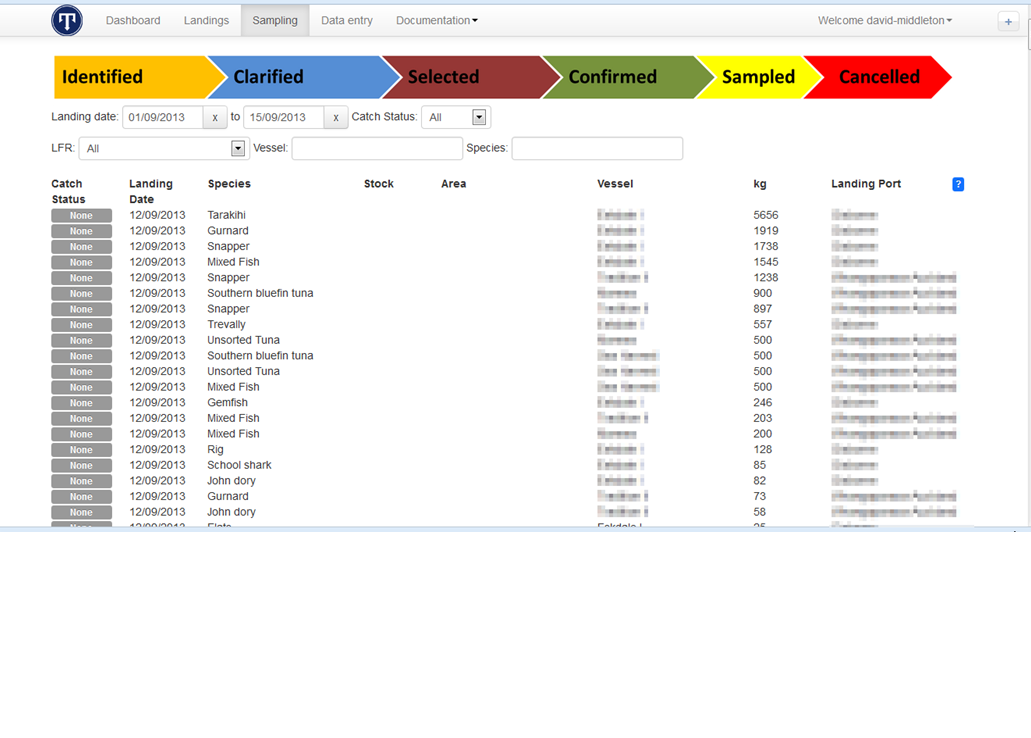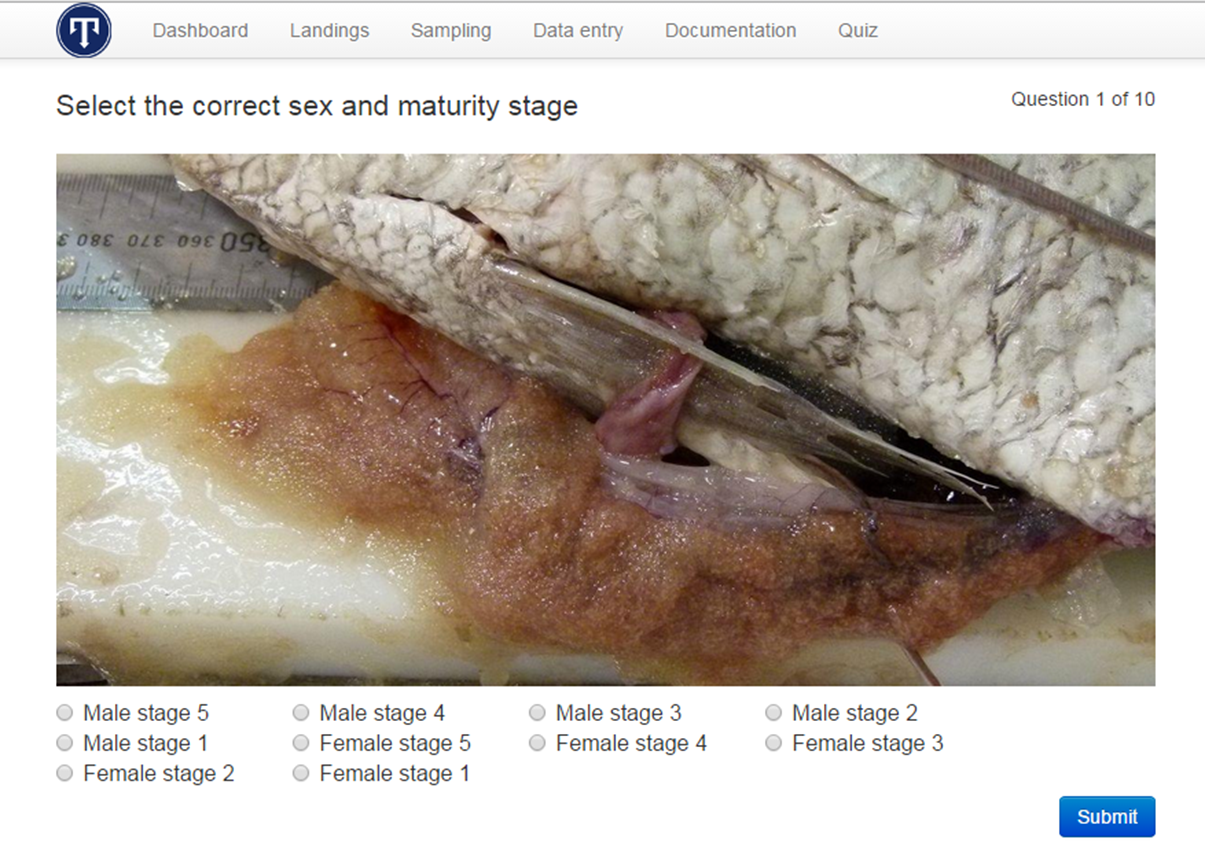Collecting key data for stock assessment
Biological sampling
Biological sampling of catches is often required for stock assessment, and also has the potential to directly drive management procedures. In New Zealand’s offshore fisheries, observers usually undertake this sampling, but in inshore fisheries most catch sampling takes place ashore.
Historically, contracted catch sampling programmes were logistically challenging, and often struggled to achieve representative sampling. Industry logbook programmes were introduced as an alternative, but typically failed to deliver representative sampling consistently through time.
While there are a number of challenges to sampling inshore finfish catches efficiently and effectively, ultimately all catches are in the hands of the seafood industry. Trident's approach has been to work with Licensed Fish Receivers to make catch sampling a routine part of normal fish processing operations.

Our R&D resulted in:
- generic sampling procedures providing robust, standard approaches for sampling in different situations. With clear, unambiguous documentation this allows sampling procedures to be rapidly put together for specific programmes, supported by training and review, and backed by audit and data quality assessment procedures.
- a web-based, multi-user sampling coordination system to assist in identifying landings for sampling, manage the resulting data, and support training and auditing.

Coordinating sampling programmes

Managing sampling events

Training resources for samplers
Trident has been contracted to take part in catch sampling programmes for a range of fisheries, including:
- snapper (SNA 1) longline
- snapper (SNA 8) trawl
- trevally (TRE 1,7) trawl
- tarakihi (TAR 1,2) trawl
- bluenose longline
- albacore troll
- jack mackerel (JMA 1) purse seine
- blue cod (BCO 5) potting
